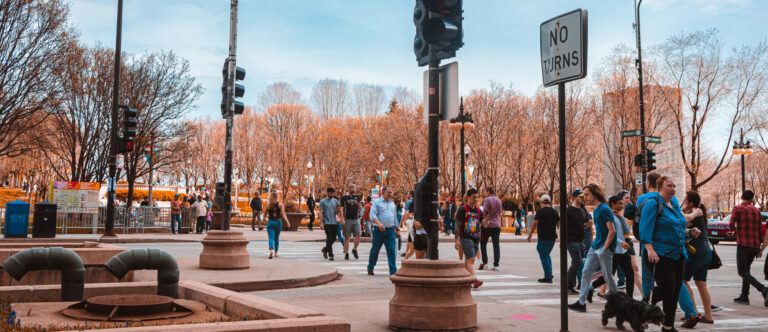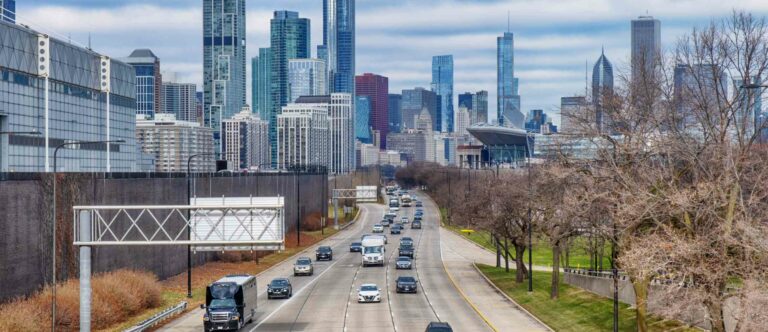T-bone accidents can turn lives upside down in an instant. These crashes often happen at busy intersections and cause serious injuries. If you’re asking who is at fault for a T-bone accident in Chicago, you’re likely dealing with injuries, a damaged car, and rising bills. You need clear answers.
Let’s walk through how fault is determined in these crashes, what steps to take after an accident, and how Illinois law affects your claim.
What Is a T-Bone Accident?
A T-bone accident, also called a side-impact collision, happens when the front of one vehicle hits the side of another. The result looks like the letter “T.”
These crashes usually happen at intersections.
One driver either runs a red light, fails to yield, or misjudges another vehicle’s speed. The vehicle getting hit on the side usually has less protection than one hit from the front or rear.
Common causes of T-bone accidents:
- Running a red light or stop sign
- Failing to yield when turning left
- Speeding through an intersection
- Distracted driving
- Drunk or drug-impaired driving
The damage can be severe. Drivers and passengers often suffer head trauma, broken bones, internal bleeding, or spinal injuries. These crashes happen fast and leave little time to react.
How Fault Is Decided in a Chicago T-Bone Accident
Illinois uses a system called comparative negligence. This means each driver can share a percentage of fault. If you’re less than 51% at fault, you can still recover damages.
Determining who is at fault isn’t always simple. It depends on the facts. Investigators look at the position of the vehicles, traffic signals, witness statements, and more.
The issue with fault and comparative negligence is that it can change in Chicago at the drop of a hat, and the city’s residents are none the wiser. Only a qualified car accident attorney knows exactly how fault is determined and can help you understand its limits.
Three key factors used to determine fault:
1. Traffic laws
Was one driver supposed to yield? Did someone run a red light?
2. Evidence
Photos, dashcams, and street cameras can show what happened.
3. Witness statements
What did people nearby see or hear before the crash?
A driver turning left at an intersection is often at fault if they hit an oncoming car. But not always. If the oncoming car was speeding or ran a red light, the turning driver may not be responsible.
Why Police Reports Matter
After a T-bone accident, the police usually come to the scene. They create a crash report that includes:
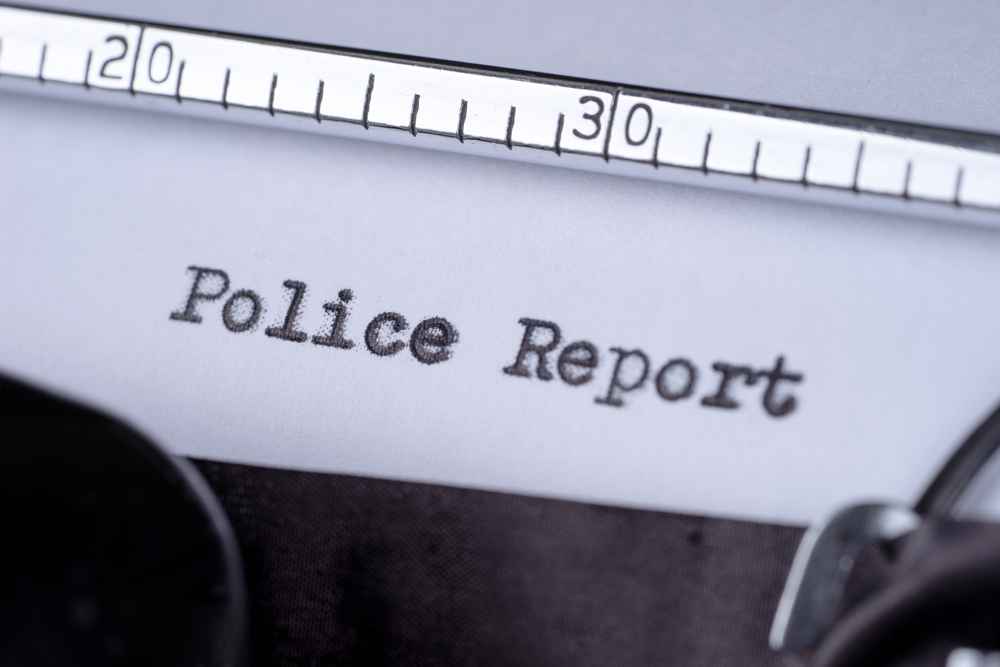
- Driver names
- Insurance details
- Statements from both drivers
- Witness contact information
- Diagrams of the accident
- Officer’s opinion about fault
Insurance companies often rely on this report when deciding who pays. The report isn’t always final, but it carries weight.
If the report blames you and you believe it is wrong, you can gather your own evidence. A crash reconstruction specialist or traffic camera footage can help tell your side.
What If Both Drivers Are Partially at Fault?
It happens often. One driver may have turned without checking for oncoming traffic. The other may have been speeding.
In Illinois, fault is split. You can still recover money if you are less than 51% responsible. But your payout is reduced by your percentage of fault.
Example:
- You are found to be 30% at fault.
- Your damages are $100,000.
- You receive $70,000 (a 30% reduction).
This system pushes both drivers to act carefully and gives you a fair chance to seek compensation.
Common Injuries from T-Bone Accidents
In these side-impact crashes, the human body takes a hard hit. The vehicle’s side doesn’t absorb force well, leading to more serious injuries.
Injuries victims often face include:
- Broken ribs or limbs
- Traumatic brain injuries (TBI)
- Whiplash and neck pain
- Spinal cord damage
- Internal organ injuries
You may feel fine at first, then stiff or sore the next day. Always see a doctor. Waiting too long to get checked out can hurt your health and case.
What to Do in the Days and Weeks After a T-Bone Accident
The first few days and weeks after a T-bone accident matter just as much as what happens at the scene. You may notice injuries, insurance issues, or paperwork piling up. Staying organized helps protect your claim.
Start by following up on any medical visits. Attend all scheduled appointments and follow the treatment plan. Keep track of symptoms that change or worsen. Document every visit and test.
Continue gathering paperwork. This includes:
- Medical bills and receipts
- Proof of time missed from work
- Communication with your insurance company
- Estimates for car repairs or replacement
If the other driver’s insurance contacts you, do not agree to a quick settlement. These offers are often lower than what your case may be worth. You can ask for time to review or refer them to your lawyer.
As your recovery continues, make notes about how the injury affects your daily life. This could be missed family events, inability to work, or ongoing pain. These details can support your claim.
It’s also a good time to meet with a personal injury attorney. They can review your case, help you understand your options, and begin preparing the legal groundwork while you focus on healing.
When the At-Fault Driver Was Working
Some drivers are on the clock when they cause a T-bone crash. They may be delivery drivers, rideshare workers, or driving a company car.
If a driver was working, their employer might also be liable. This could increase the value of your claim.
Three situations where the employer could be liable:
1. The driver was making a delivery.
Delivery companies may be responsible if their employee caused the crash.
2. The driver was using a company vehicle.
Employers must make sure their vehicles are maintained and their drivers trained.
3. The crash involved a rideshare driver.
Uber and Lyft carry special insurance policies. These may cover damages depending on what the driver was doing at the time.
Insurance Companies Will Try to Shift Blame
Insurers don’t want to pay more than they must. After a T-bone crash, the other driver’s insurance company may:
- Say you caused the accident
- Offer a low settlement quickly
- Ask for a recorded statement
Stay cautious. Do not give a recorded statement without legal advice. Insurers can twist your words. Get legal help before accepting any offer. Once you settle, you usually can’t reopen your case.
Can Dashcam or Traffic Footage Help?
Yes. Video can be powerful evidence. Dashcams show what you saw. Traffic cameras or nearby surveillance may also capture the crash.
You may be able to:
- Request footage from businesses or the city
- Review your own dashcam
- Ask witnesses if they recorded anything
Act fast. Many cameras erase footage after a few days.
If your car has a built-in system, like Tesla’s dashcam or OnStar crash reports, that data could help.
How Long Do You Have to File a Claim?
Illinois has a two-year statute of limitations for personal injury claims. That clock starts ticking the day of your crash. Some exceptions apply, but most people need to act fast. If you wait too long, you lose your chance to file a lawsuit.
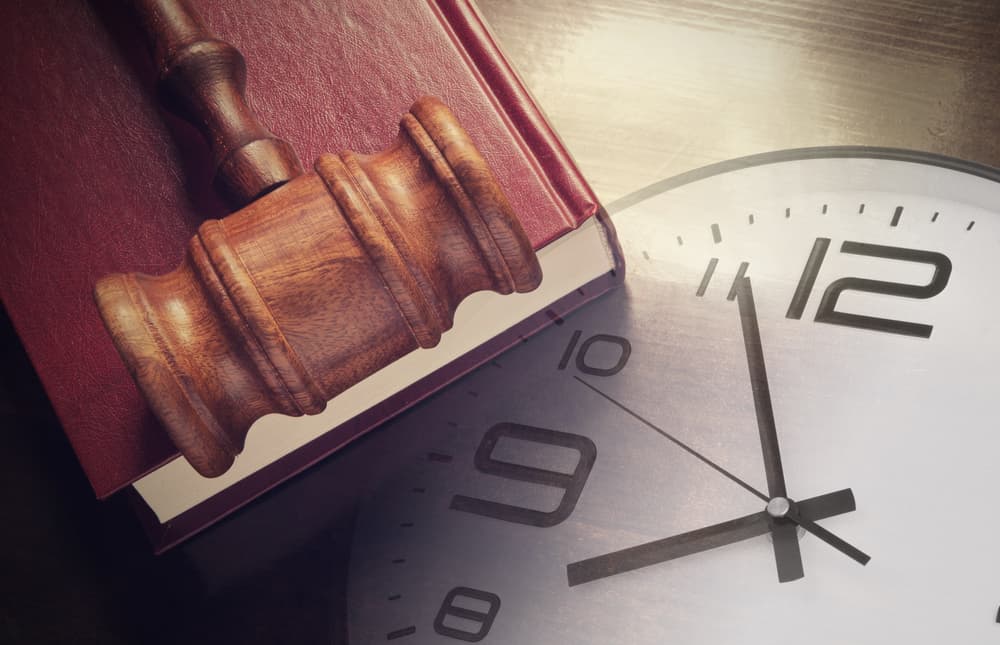
Here’s a quick timeline:
- Day 1: Crash happens.
- Next few days: Seek medical care and gather evidence.
- Weeks 1-4: File your insurance claim.
- Months 1-12: Work toward settlement or prepare to file suit.
Starting early helps. You give your lawyer time to build a strong case.
What If You Were a Passenger?
Passengers often suffer serious injuries in T-bone accidents. If you were riding in either vehicle, you can usually file a claim against the at-fault driver.
You might file against:
- The driver of the car you were in
- The other driver
- Both drivers, if they share fault
You did not cause the crash as a passenger, so you may recover damages regardless of who was at fault.
Property Damage and Other Losses
T-bone accidents cause property damage in addition to injuries. Insurance should cover vehicle repairs or total replacement, but insurers often refuse to do so.
You may be entitled to compensation for:
- Medical bills
- Lost income
- Pain and suffering
- Car repair or replacement
- Transportation costs
- Physical therapy
Document everything. Keep receipts, letters from insurance, and records of any time you missed work.
Frequently Asked Questions
1. Can I still file a claim if the other driver left the scene after a T-bone crash?
Yes. You may still file a claim under your own uninsured motorist coverage. A police report and any available witness or camera footage can support your case.
2. What happens if I was T-boned in a rental car?
You can file a claim just as you would in a personal vehicle. The rental company’s insurance, your own policy, and possibly a credit card provider may all be involved.
3. Will my insurance rates go up if I’m not at fault?
Your rates may still increase even if you weren’t to blame. This depends on your insurer’s policies and the circumstances of the accident.
4. Can I sue the city if poor road design caused the accident?
Possibly. If missing signs, faulty signals, or unsafe intersections contributed to the crash, a government agency may be responsible. These claims have strict deadlines.
5. How is fault handled when a T-bone happens in a private parking lot?
These cases can be tricky. Police often don’t respond to minor crashes on private property, so witness statements and photos are especially important.
6. Can children injured in a T-bone crash file their own claims?
A parent or guardian can file a claim on behalf of a minor. In Illinois, children typically have more time to bring legal action due to extended deadlines.
7. What if the T-bone crash happened while I was driving through a green light?
That can help your case, especially if the other driver ran a red or stop sign. But you may still need evidence to prove the light was green at the time.
8. Do I need a lawyer to deal with my own insurance after a T-bone accident?
While not required, legal guidance can help protect your interests—especially if your insurer tries to limit payments or shift blame.
9. How are pain and suffering calculated in a side-impact crash?
There is no fixed formula. Factors include medical records, severity of injuries, how your life was affected, and the recovery timeline.
10. What should I do if my injuries prevent me from working after a T-bone collision?
You may be eligible to recover lost wages. Documentation from your employer and medical providers is key to proving income loss.
Get Legal Help from a Chicago Personal Injury Firm
If you were hurt in a T-bone accident, getting legal help is one of the most important steps you can take. Fault in these crashes isn’t always clear.
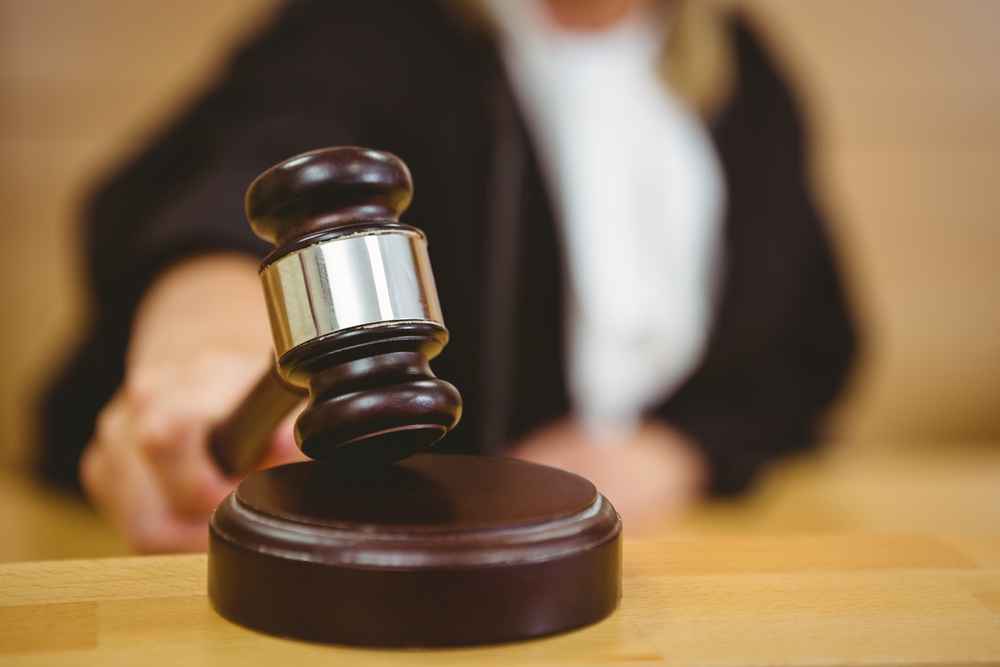
Insurance companies may try to avoid paying what you deserve.
A personal injury attorney can:
- Investigate the crash
- Collect evidence and witness statements
- Work with professionals to reconstruct the accident
- Deal with insurance companies
- Help you pursue full compensation
Walner Law has served injured clients in Chicago for more than 75 years. We focus on personal injury cases like T-bone accidents and will fight to get you the compensation you need to move forward.
Call (312) 410-8496 today for a free consultation. We don’t get paid unless you win.


 Skip to content
Skip to content


